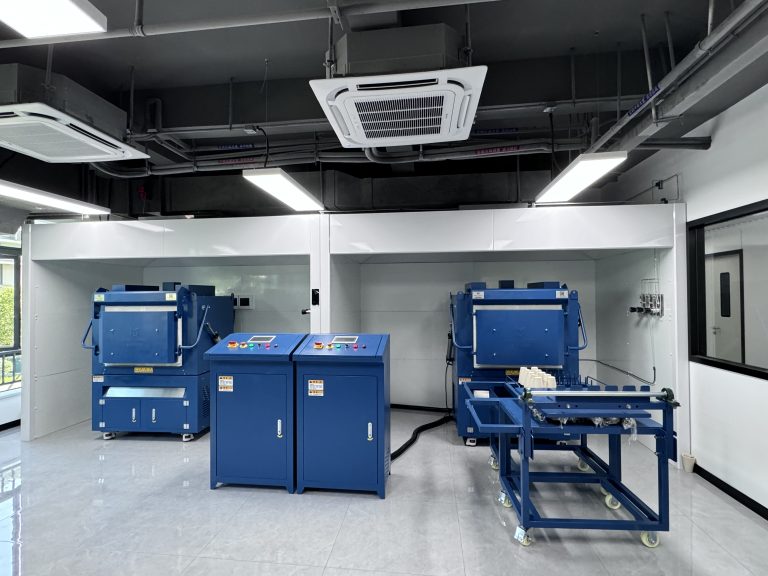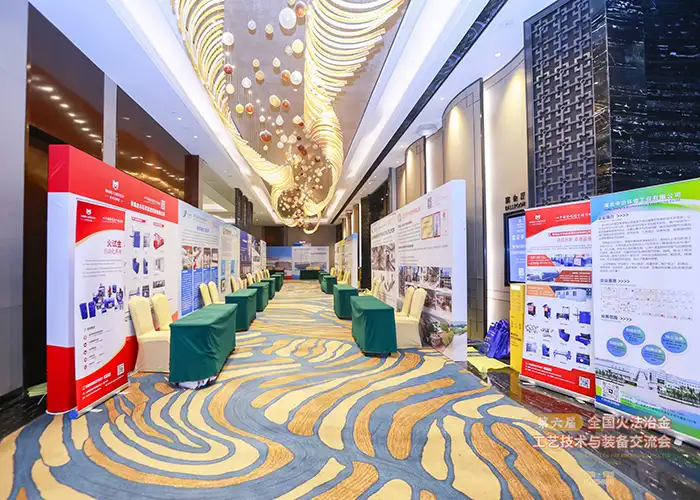Crucibles of various materials have unique maintenance instructions
Use and Maintenance of Common Crucibles
(1) Platinum crucible
1. Platinum is a kind of precious metal. Its baking point is about 1770 degrees. It is soft. Don’t pinch it with your hands to prevent it from being deformed. The inner wall of the platinum crucible cannot be smashed with a glass rod to prevent damage. Don’t put the red hot platinum crucible in cold water to quench it.
2. The heating and burning of the platinum crucible should be carried out on an electric furnace or an electric hot plate filled with asbestos or ceramic plates, or on the oxidizing flame of a gas lamp, and should not be in contact with electric furnace wires, iron plates and reducing flames, because Iron easily forms alloys with platinum at high temperatures, and the reducing gas can form platinum carbide with platinum, making the platinum crucible brittle. If the filter paper is burned in a platinum crucible, the temperature should be increased after the carbonized filter paper is completely burned under the condition of low temperature and sufficient air.
3. Pb, Bi, Sb, Sn, Ag, Hg compounds, sulfides, phosphorus and arsenic compounds, etc., are easily reduced to the corresponding metal and non-metal elements by the carbon of the filter paper or the reducing gas of the fire filling at high temperatures. They form alloys or compounds with platinum, thereby damaging platinum crucibles. Therefore, the aforementioned metals and non-metals and their compounds cannot be burned or melted in a platinum crucible.
4. The mixture of halogens and halogen-precipitating substances such as aqua regia, HCI, and certain oxidants have corrosive effects on platinum crucibles.
5. Alkali metal oxides, hydroxides, nitrates, nitrites, cyanides, barium oxide, etc. can corrode platinum crucibles when melting at high temperatures. Sodium carbonate and potassium carbonate have no corrosive effect on platinum crucibles.
6. The sample with unknown composition cannot be heated or melted in a platinum crucible.
7. The inner and outer walls of the platinum crucible should always be kept clean and bright. The used platinum crucible can be cleaned by boiling with a 1:1 HCl solution. If the cleaning is not clean, use K2S207 to melt at a low temperature for 5-10 minutes. If K2S207 is invalid, you can use Na2C03 or borax to melt. If there are still stains, you can use a sand cloth to wrap the sea sand with more than 100 meshes and moisten it with water, and then gently wipe the platinum crucible to restore the luster of its surface.
8. The hot platinum crucible should be picked up with a platinum crucible.
9. When the platinum crucible is deformed, it can be placed on a wooden board, and while rolling, use a horn spoon to press the inner wall of the crucible to reshape it.
(2) Nickel crucible
1. The melting point of nickel is 1455 degrees, and nickel has strong alkali resistance and corrosion resistance. Therefore, nickel crucibles are commonly used to melt iron alloys, slag, clay, and refractory materials.
2. The melting temperature of the nickel crucible should not exceed 700 degrees, because the nickel is easily oxidized at high temperatures.
3. The nickel crucible cannot be used for the burning of precipitation.
4. Nickel crucible is suitable for NaOH Na2O2, Na2CO3, NaHCO3 and alkaline solvents containing KNO3 for melting samples, but not for KHSO4 or NaHS04, K2S2O7 or Na2S2O7 and other acidic solvents and sulfur-containing alkaline sulfide flux melting samples.
5. The molten Al, Zn, Pb, Sn, Hg, and other metal salts can make the nickel crucible brittle. Borax also cannot be melted in a nickel crucible.
6. Nickel crucibles often contain trace amounts of chromium, so attention should be paid when using them.
7. The new nickel crucible should be burned to a blue-purple in a muffle furnace to remove the oil stains on the surface, then boil it with 1:20 HCl for a while, and then rinse it with water.
(3) Iron crucible
1. The melting point of iron is 1300 degrees.
2. The iron crucible should be passivated before use. That is, first wash with dilute HCl, then wipe the crucible with fine sandpaper, then wash with hot water, then put it in a mixture of 5% H2SO4 and 1% HN03, soak for a few minutes, then wash with water, and dry it. Burn in a muffle furnace of 300 to 400 degrees for 10 minutes.
3. The usage rules of the iron crucible are the same as the nickel crucible. Since iron crucibles are cheap, it is more appropriate to use iron crucibles when the presence of iron does not affect the analysis work.
4. Clean the iron crucible with cold dilute HCl.
(4) Silver crucible
1. The melting point of silver is 960 degrees, and the heating temperature should not exceed 700 degrees.
2. The new silver crucible is burned in a muffle furnace of 300-400 degrees and washed with hot dilute HCl.
3. The silver crucible is suitable for melting samples with NaOH as a flux, but cannot be used for melting samples with Na2CO3 as a flux.
4. Silver crucibles cannot be used when precipitating sulfur and burning sulfur-containing substances.
5. The red hot silver crucible cannot be quenched with water to avoid cracks.
(5) Porcelain crucible
1. It can be heat resistant to about 1200 degrees
2. Suitable for melting samples of acidic substances such as K2S207.
3. Generally, it cannot be used for melting with alkaline substances such as NaOH, Na202, Na2CO3, etc., to avoid corrosion of the porcelain crucible. Porcelain crucible should not be in contact with hydrofluoric acid.
4. Porcelain crucibles can generally be cleaned by boiling with dilute HCl
(6) Quartz crucible
1. Quartz crucible can be burned below 1700 degrees, but quartz will become opaque when the burning temperature is higher than 1100 degrees, so the melting temperature should not exceed 800 degrees.
2. It can not be in contact with HF, it is easy to react with caustic alkali and alkali metal carbonate at high temperatures.
3. Quartz crucible is suitable for using K2S2O7, KHSO4 as a flux to melt samples and Na2S207 (first drying at 212 degrees) as a flux to process samples.
4. Quartz is brittle and easy to break, so be careful when using it.
5. In addition to HF, ordinary dilute inorganic acids can be used as cleaning fluids.
(7) Corundum Crucible
1. The corundum crucible is composed of porous fused alumina, which is strong and resistant to melting.
2. The corundum crucible is suitable for melting samples with anhydrous Na2C03 and other weakly alkaline substances as fluxes, but not suitable for using strong alkaline substances such as Na 202, NaOH, and acidic substances as fluxes (such as K2S 207, etc.) to melt samples.
(8) PTFE crucible
1. The heat resistance of PTFE is close to 400 degrees, but it is generally controlled at about 200 degrees, and the maximum should not exceed 280 degrees.
2. It is resistant to acid and alkali, and is not corroded by HF. It is mainly used to dissolve samples with hydrofluoric acid as a solvent, such as HF-HCl04. When HF-H2S04 is used as a solvent, no smoke can be emitted, otherwise, the crucible will be damaged.
3. It will not bring in metal impurities when dissolving the sample, which is its greatest advantage.
4. The surface is smooth and wear-resistant, not easy to damage, and has good mechanical strength.










